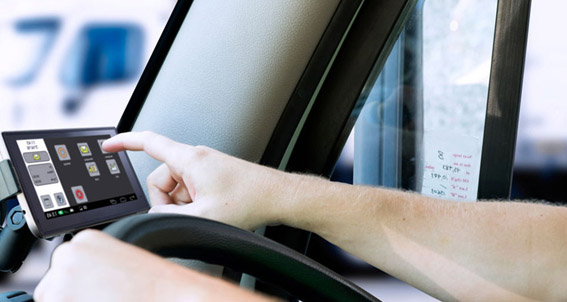
Predictive Analytics Helps the Industry Bat a Thousand
The more information you have at your fingertips, the better decisions you can make. That’s why data and analytics are so important in virtually every industry today.
One industry where analytics is on prominent display is Major League Baseball. When Billy Beane introduced his data-based evaluation of players that was detailed in the book - and movie - Moneyball, his team enjoyed immense success and changed the way business worked in the league.
Today, each MLB franchise now ingests a wide range of defensive and offensive statistics for each prospect and performs predictive analytics to forecast each player’s potential peak performance. This helps take the guesswork out of their evaluation process and helps them find the right players for their ball clubs.
A similar approach is also being used today by companies in the logistics industry to improve performance and gain a competitive edge.
Like the MLB, we’re an established industry that’s been around since the time of the stagecoach. Also like MLB, our industry has historically used certain indices to measure success in the business. For example, in baseball a low earned-run average (ERA) was the leading indicator of success for pitchers and a high batting average meant your hitters were successful.
But also like the MLB, the logistics industry has now entered a time where we have to be more aggressive with our analytics to help us drive our businesses, while helping our customers move products more efficiently and cost-effectively.
And that means incorporating new data sets to help us better understand our businesses and achieve our goals. For example, using our baseball analogy, instead of looking just at batting average and runs batted in (RBIs) to evaluate success for hitters, they now combine two less-heralded stats (on-base percentage and slugging percentage) into a new stat called on-base plus slugging (OPS) to more accurately evaluate players.
Similarly, companies in the logistics industry must add to or change the statistics they evaluate so they can more accurately pursue and employ predictive analytics to improve.
The first step is building a statistical baseline that features stats you’ve likely collected for years, including:
- How much volume your carrier(s) have from a capacity standpoint?
- Do you have predictable routes established?
- Do you have a history working with certain kinds of deliveries and pick-ups within the industries you serve?
- Do you have information on the number of shipments delivered, on-time, within budget and damage-free?
- How long does it take to shift a product or a shipment from point A to point B before it's actually delivered to the transit center?
Then, you can add new data sets that can provide more insight into to your business processes and aide in predictive analytics. Examples include rapid or real-time information such as weather reports, road conditions, road clearances, airport shutdowns, airport openings and more -- all of which can now originate from a variety of sources such as social media, weather services, etc.
By having this information at your fingertips in advance, you can better predict how any given shipment will get from Point A to Point B, while expertly navigating around any unpredictable events or changes in your working environment.
In the end, using predictive analytics as a scoreboard for success means a win-win for everyone.
If you're interested in learning about how TechTrans can ensure an efficient disposal and recycle process for your decommissioned products, contact us today.


